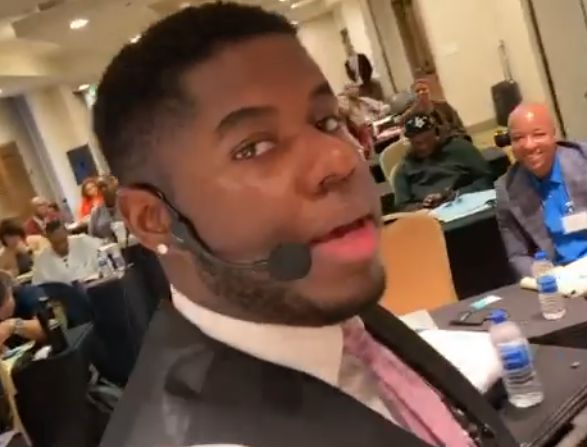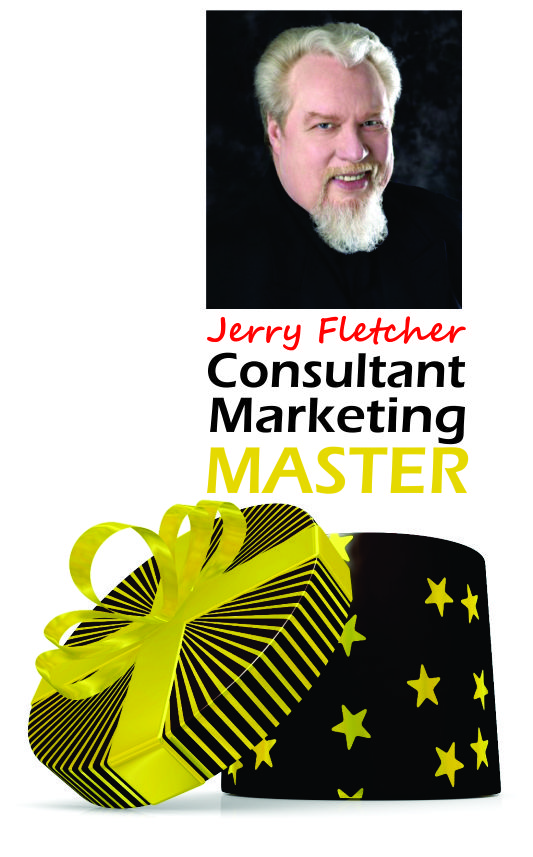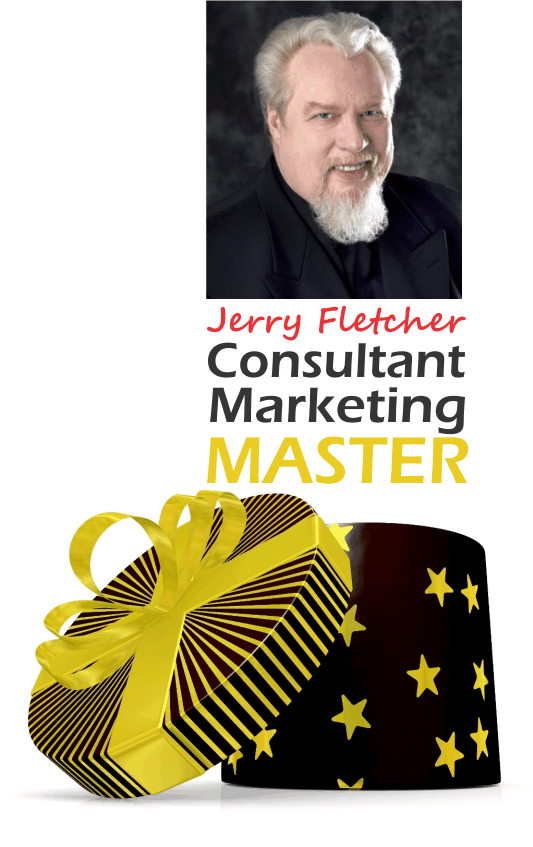
Andy asked me to sit in on his Brand Marketing Summit over the weekend in Los Angeles.
As one participant summed it up:
“This was a successful young guy translating traditional branding for Millenials.”
I can verify that.
I was one of the “Mad Men” working in advertising in New York in the 1960s when branding first surfaced in the national lexicon. Trout and Reis would later coin the phrase Positioning that came at it from a different direction. They wrote several books on the subject.
No matter what you call it, the masters of advertising in that halcyon era preached the gospel of differentiation to make companies, products and services stand out from the crowd.

Everything new is old again
No, I didn’t mistype that. Here’s the model presented in the workshop.
Although the process from discovery to sale is presented here in the form of a funnel it harks back to all the theories of how mass advertising works developed before there was Daarpa’s darling daughter, the Internet.
Those were simpler times
Back then the big kahuna of awareness was TV. Everybody wanted to be number one in the consumer mass market. You could buy TV time on networks (there were only three!) or locally. So, Tony the Tiger told kids about Frosted Flakes on the network kid shows while Jack’s Autobody told adults who to call about that fender bender.
There were business magazines and consumer magazines, not to mention Radio and Direct Mail and Outdoor.
Attraction, in the day, came to be called preference. What that meant was that of the brands available you, the customer, liked one better than another.
Brands we knew incorporated Appreciation, Respect, Credibility and Certainty in Awareness and Preference. Throughout the heartland of the USA whole towns were dominated by Chevy or Ford. You would be considered a traitor if you bought the other brand. Coke was the champ. Pepsi was the challenger. That Mean Joe Greene commercial for Coke ran in 1979.
That was the way it was for about thirty years (1960 to 1990). The funny thing is we’re being told that mass market awareness is the key to sales success in today’s world. Unfortunately, most of us can’t afford a local TV commercial much less enough network spots to begin to build awareness.
Not to worry, the internet proponents say.
The internet is under 30. Social media are teenagers.
The world wide web did not exist until 1992. Google, founded in 1998, might be considered a very young adult. Facebook, YouTube and Twitter are all teenagers. Yet, social media is being promoted as the new way to achieve mass market awareness.
Notoriety can be achieved but individuals pay more in time and personal space than many are willing to give up. You can generate mass market awareness. Here’s what it takes:
- Have a memorable “hook,” a way that people can put your name and a relevant word picture of you in their mind when you introduce yourself in person, in print and on-line.
- Use their words to speak to their problems. Forget those fifty cent words you want to use to impress. Speak simply in the words they use to talk about why they need help. Their words are appreciated because you show respect when you use them.
- Use your client’s experiences to tell them what you can do. Your credibility goes up when someone else speaks for you. Concrete examples of the outcomes you and a client have achieved will move a prospect one step closer to engaging you.
- Stick to your value proposition. One. Do not try to shift your approach for each audience and individual. Consistency is what builds trust. Be honest, direct and tell the story the same way every time.
- Be in as many places as you can particularly the ones that your clients may also frequent. Mass market awareness should always begin with the places you might find an ideal client and go on from there.
The attention span of a goldfish.
Microsoft apparently did the research to verify that the human attention span these days without additional stimuli is that long (8 seconds).
There are additional studies that tell us that you have just 3 seconds to get remembered when you meet someone in person, in print or on-line. Just 3 seconds.
To begin a relationship that might end in a sale you need the right words.
The right words is why 30-Second Marketing TM works.
You think through the conversation before it happens so you can find the right words.
You don’t have to come up with something on the fly.
Connect
You can truly connect with people by using the right words.
The right words… Can make you memorable in a heartbeat.
The right words…can generate trust as you introduce yourself
The right words…allow people to sort themselves into prospect or referral sources
The right words…can establish a brand in the time it takes to speak them
Find your right words.
View this video: https://vimeo.com/393362328/97e414e6a6
Then call me.

Jerry Fletcher is a sought-after International Speaker, a beBee ambassador, founder and CEO of Z-axis Marketing, Inc.
His consulting practice, founded in 1990, is known for on and off-line Trust-based Consultant Marketing and Brand development advice that builds businesses, brands and lives of joy.
Consulting:
www.JerryFletcher.com
Speaking: www.NetworkingNinja.com






